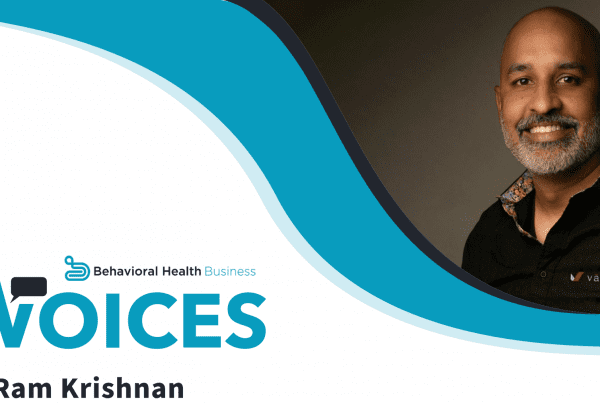Mental health billing can feel like a gauntlet. Between navigating differing guidelines from different payers, keeping track of aging claims, appealing denials, and collecting payment from clients, it’s easy to fall behind or get discouraged.
Luckily, there are steps you can take to up the odds of timely payment on more claims. This makes your cash flow more predictable and, hopefully, increases overall revenue for your practice.
Keep these three best practices in mind in order to collect more payments, faster.
1. Accurately capture patient demographics
The number one step any behavioral health practice can take to ensure timely payment of claims is to submit clean claims. Clean claims are complete, error-free, and accurate. Mistakes such as typos, spelling errors, and missing information are frequent culprits in rejected claims, and you’ll save loads of time by catching them before claims are sent.
This means you should carefully collect and double-check demographics information from each patient on their first visit. At minimum, you need the following from your clients:
- Full legal name
- Birthdate
- Current address
- Gender
- Subscriber ID (including the Alpha Prefix)
A good EHR designed for behavioral health will help you capture this and other billing-related information during the intake process.
In addition, you should also examine the demographics of your overall patient population to see how it affects your payment rate. For example, seeing a certain number of clients who participate in Medicare Part B could make you eligible to participate in the Merit-based Incentive Payment System. This could net you a bonus in payments or, if you’re required to participate but don’t, could actually decrease the amount you earn from Medicare Part B.
Examples like this help to illustrate how good reporting features within your EHR can give you a bird’s-eye view of your patient population and opportunities for increased revenue.
2. Check eligibility before you see the patient
You and your patient should know up front exactly what is and isn’t covered by their insurance. It is much easier to collect payment from clients up front than after they have walked out your door.
You’ll need a tech solution that supports easy eligibility checking. Several EHRs offers electronic eligibility checking and batch eligibility checking with the click of a button. Otherwise, you’ll need to contact each patient’s insurance company individually, either through an online portal for eligibility checks, or by calling the provider number on the back of the insurance card. Your clearinghouse might also provide eligibility checking, although it may not be as detailed as you need in some cases.
For uninsured or self-pay clients, you must provide good-faith billing estimates before any treatment as per the No Surprises Act. This is another tool to ensure that patients know the cost of your services and are willing to pay it.
Remember that a patient’s insurance coverage can change at any time. Patients may lose coverage, switch plans, or change carriers. For this reason, it’s advisable to double-check coverage before every appointment. If you have front desk staff, make sure they understand the importance of this step, including asking about secondary insurance coverage.
Finally, check for prior authorization requirements. This can help you obtain the authorization you need for certain services and prevent surprise coverage denials later.
3. Set up successful workflows at your practice
To get paid as much and as often as possible, you need operational procedures that set you up for success. Here are some processes to consider:
- You or your staff should have step-by-step intake procedures to gather insurance information, conduct eligibility checking, and collect any copay or payments for un-covered services. You should use a template to quickly produce good-faith cost estimates to self-pay or uninsured patients.
- Ask clients to let you put their credit card on file; that way, you can bill for no-shows if needed.
- Establish a regular schedule for submitting claims. Prompt submission ensures that you don’t accidentally run out the clock on an insurance company’s payment window.
- Establish frequent checks on aging, rejected, and denied claims. It takes time to fix mistakes and negotiate with insurance, so you want to start the process early if a claim doesn’t go through. This means tracking them, either through a payer or clearinghouse online portal or through your own billing software. Even if you offload billing to a third party, they should still give you regular status reports on the progress of claims.
- If you work at a practice with multiple staff members, decide who will perform these tasks. Who will monitor claims and follow up on denials and rejections?
- Make sure you and your providers are up-to-date on CPT code best practices. Incorrect coding is another major contributor to rejected claims. More importantly, adept coding can help you get the full reimbursement you deserve for every aspect of your services.
A good EHR makes it easier
An EHR that includes billing features and is built for behavioral health will help you and your staff implement these strategies without breaking a sweat.
Valant’s software provides everything you need to conduct these best practices and more:
- Patient data collection that integrates with billing and other features
- Customizable reporting
- Eligibility checking and batch eligibility checking
- Claims submission and tracking
- Patient billing through the patient portal
Contact Valant today and let’s talk about how we can help you get paid!





